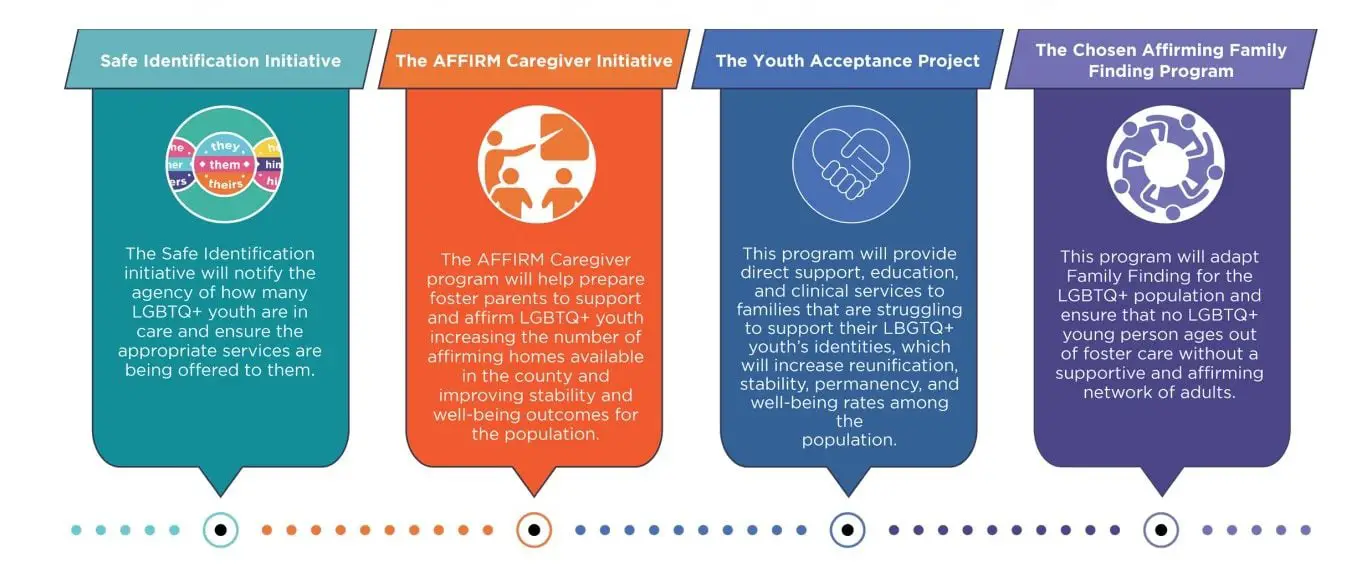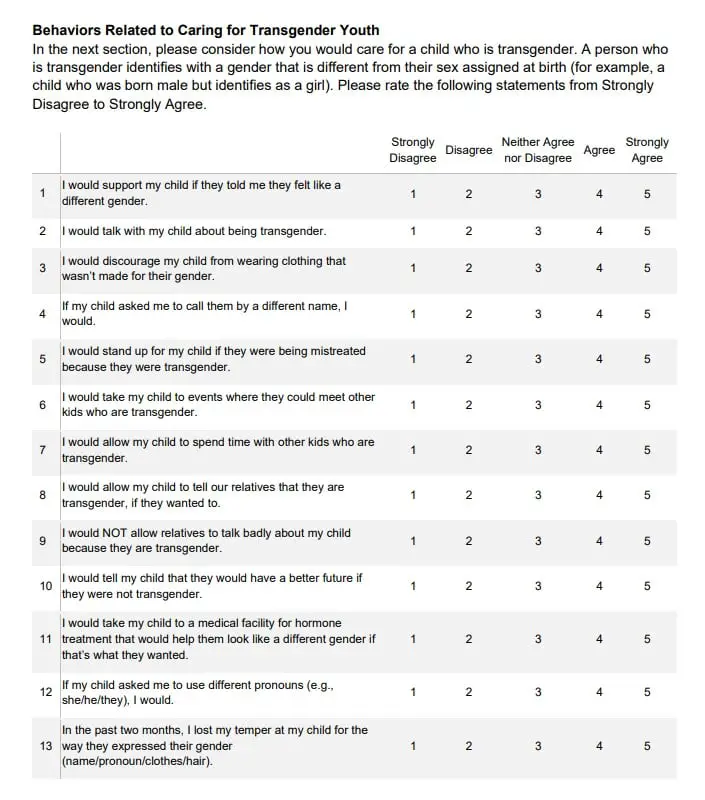In April of this year, a consequential rule was finalized by Joe Biden and Kamala Harris that would require placement for foster kids in “gender-affirming” foster environments if the child says they are “transgender.” The rule was met with immense backlash when revealed in September of last year, but there’s little that can be done on matters of executive control over which Joe Biden and Kamala Harris have final say.
In the April 30 announcement of the rule finalization, the Biden-Harris HHS statement reads that a foster provider “must commit to establishing an environment that supports the child’s LGBTQI+ status or identity.” Furthermore, the rule finalization says that “the provider must be trained with the appropriate knowledge and skills to provide for the needs of the child related to the child’s self-identified s*xual orientation, gender identity, and gender expression.”
Some aspects of this federal rule were shaped by the social workers in Cuyahoga County, Ohio who have already run a year-long “program” which “tested” many of these ideas out already. The Cuyahoga County program was funded using federal taxpayer dollars and reported back to the Biden-Harris HHS Administration for Children and Families (ACF).
How this all came about goes all the way back to the Obama administration, when he and his admin officials had signed off on a $10 million grant funded by taxpayers for a new group that was charged with implementing a new “intervention” system to help with “affirming” kids in the social protective system and foster care system. The organization would be named QIC-LGBTQ2S. Cuyahoga County in Ohio was one of the locations selected for these experiments.
Now thanks to leaked documents and records, the public can find what this organization has been up to in Cuyahoga County, Ohio with their program experiments. Their program has been broken down into four main “sections” of implementation: Safe Identification Initiative, The Affirm Caregiver Institute, The Youth Acceptance Project, and the Chosen Affirming Family Finding Program.

Their First Step: Identification
A primary concern of these programs is to “identify” children who they believe should be given an LGBTQ identification for which the rest of the system is supposed to work around. They do this by asking probing questions of children that most Americans would agree are wildly inappropriate.
One question they asked of the youth is, “Do you have crushes on boys, girls or other kinds of people?” This can be asked of children as young as twelve years old, according to initial reviews of the documents obtained, though it’s possible the question could be posed to children as young as five years old.
“The original goal was to serve LGBTQ+ youth, ages 12–21 in agency care, but the age range was later changed to 5–21 years old to account for younger children disclosing diverse gender identity or expression and to include youth involved with DCFS, not just those in the care of DCFS,” their own guides say about the “Safe Identification Initiative” step.
Their Second Step: Affirming Caregivers
The guide proposes a “success” story out of California in which a family was able to help improve the mental health of a young child by giving a young boy a purse for a birthday and even take the child to doctors to receive “medical care”, which usually includes hormone replacement therapy.
“After several months of work, there were significant improvements,” they allege. “The father consented to gender affirming medical care for Salima. The father gave Salima a purse for her birthday. And the father once helped Salima put on a wig.”
Caregiving providers who do not align with these new rules will be referred to the program to teach them about how to better “affirm” the gender identification of the youth in their care. According to the guide, this includes letting the youth “express themselves” with whatever hairstyles, clothing, and beauty products they want. A major aspect of this step is to get traditionally conservative caregivers to agree to helping the children “transition.”
One child has indicated that they were placed in a Christian-conservative home in which it was important to the caregivers that they order their household as a normal Christian family would. The child, anonymous for obvious reasons, did not like the push of “a lot of weird religion.” Later, though, these same caregivers were on board with helping the child start to receive hormone replacement therapy and gender-change matters. If that sounds like a sudden change of heart, you’re not the only one thinking this sounds a little bit like potential coercion.
Third Step: Finding Foster Parents Who Will Play Ball
The third step in the program is to find appropriate “homes” for LGBTQ youth, in what is called the “Family Finding” step. The idea is to use developed connections and networks to identify and reach out to potential “matches” for a child who may identify as transgender.
“These connections lead to a robust network of affirming individuals who provide emotional and potentially legal permanency for LGBTQ+ young people,” their manual literature reads.
A key aspect of this step is for the children to “feel” as though the family will be a good match on the basis that there are “current safe and affirming” environments. Their goal is to grow their “network” of “affirming” caregivers and families as go-to solutions moving forward.
Fourth And Last Step: ‘Preparing’ Foster Parents
This last step of the initiative is to essentially convince more and more caregivers and families to agree to their “affirming model.” They can be designated an “AFFIRM Caregiver” if so, and given preferential treatment in some cases.
“Through a variety of didactic and interactive activities delivered over seven sessions, the AFFIRM Caregiver model helps caregivers adopt an affirming approach toward their youth’s identity as a critical step toward creating safe and healthy environments for their LGBTQ+ youth,” the documents on this step read.
Caregivers are even given a “test” to determine just how affirming the caregivers are. They can improve their “affirming” scores with further learning materials. The key part of this step is to overall have more providers going along with this entire program.

The ultimate goal of these “programs” and these new federal rules is to ultimately make it more difficult for parents, guardians, caregivers, etc, to reject “gender-affirming” care. This is made evident by the fact that some blue states have already passed legislation into law that will help children keep their “LGBTQ” identification from their parents with the help of the public school systems.
What do you think of these “gender-affirming” programs and initiatives? Are they inappropriate and/or unnecessary? We want to know what you think in the comments below.


I`m pushing for all politicians to first become unicks. There is a difference they know what life is all about. Children only know what they get from the people who know what life is all about.
Eunich